I thought this week I’d put my parks hat on and discuss the current state of our public open spaces and how they have been coping through the pandemic.
I read with interest a report by the environmental charity Keep Britain Tidy that has revealed 70% of people who live in urban areas in towns and cities across England do not have suitable access to good quality green space. This rises to 75.8% in the most deprived areas.
The findings are based on those who live within 800m (or a ten-minute walk) of a Green Flag Award accredited green space – the Government’s own standard for what constitutes a good-quality park.
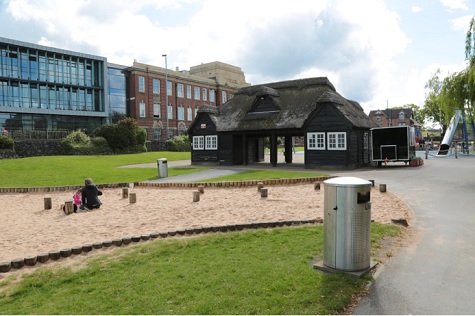
The study found that in London there is a good provision of quality green space, with 62% of the urban population within walking distance of a park accredited with the Green Flag Award. However, London is far above any other region in the UK. The region with the second highest access for its urban residents is East Midlands – with just 29%.
Cities in the North West of England in particular have little access. In the region, fewer than a quarter of those who live in urban areas (24%) have access to a Green Flag Award accredited park. The findings correlate with the Heritage Lottery Fund’s ‘State of UK Public Parks 2016’ report which found the London and East Midlands were the two regions least likely to be hit by funding cuts to parks.
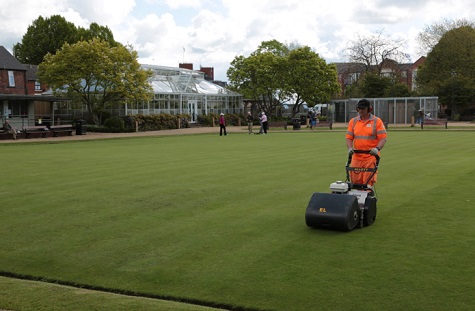
The analysis focused on urban regions only to exclude rural areas, which may have access to very good quality but unaccredited space such as national parks.
In urban environments there is a difference between any green space and a ‘quality’ one. A certified Green Flag Award park will offer a healthy, clean, sustainable, well-maintained and safe environment for people to relax, socialise and exercise in.
The findings are particularly worrying after a year-and-a-half of lockdowns which have meant that, for many living in urban environments, public parks represent the only green space available to them. Highlighting the importance of urban green space, a World Health Organisation report published in 2017 concluded that ‘urban green space is a necessary component for delivering healthy, sustainable and liveable cities. Urban green space interventions can deliver positive health, social and environmental outcomes for all population groups, particularly among lower socioeconomic status groups. There are very few, if any, other public health interventions that can achieve all of this.
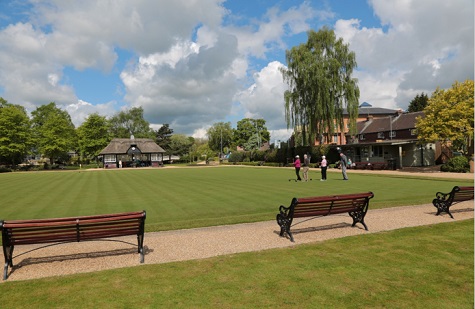
However, the WHO report also pointed out that urban green spaces must be effectively managed in order for them to provide the significant benefits. The report said: “Management and maintenance of urban green space is paramount so that users perceive it as safe, clean and cared for.
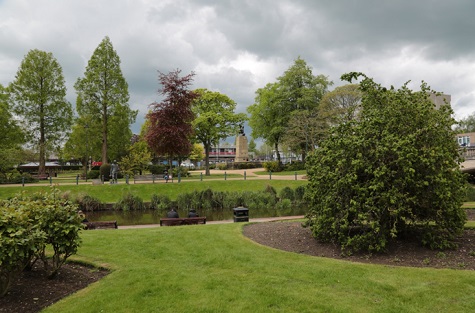
I, like many other parks professionals over the years, have been frustrated by the lack of recognition by the government to make parks a statutory service and begin investing properly in these much needed public assets
Along with a number of other parks professionals, I am keen to promote the value of these vital national resources and find ways of encouraging investments into our parks and public open spaces in the coming years.
Why should we invest in parks?
Paul Rabbits, chairman of the Parks Management Association, says, “There are 398 principal (unitary, upper and second tier) councils in the UK – 24 county councils, 181 district councils, 36 metropolitan councils, and 124 unitary councils. There are around 11,000 local councils in the UK, from town councils to parish councils. These councils, along with a number of trusts, charities and other organisations, manage between them 27,000 public parks across the country and employ a significant number of professionals to manage and maintain them within such service areas including streetcare, waste services, leisure services, community services, neighbourhood services and cultural services. It is now a rarity to find an authority that retains its distinct ‘parks service’ as it has most likely to have been absorbed into a wider departmental structure. Yet public perception is very different, and many still perceive that ‘parks departments’ still exist”.
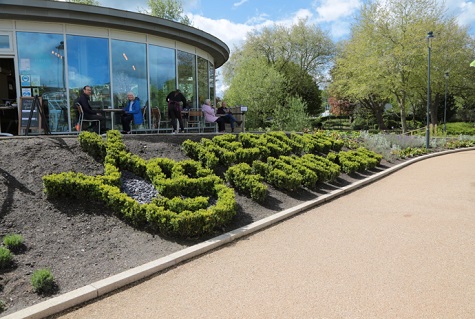
Over the last 20+ years, there has been a significant reduction in the number of professionals dedicated to the management of parks and green spaces, generating headlines such as ‘Last of a dying breed’ and media coverage not only in the trade press but also in mainstream media (The Guardian and the Daily Mail, Mail on Sunday, BBC Radio). Like many public services, austerity has hit hard and soft services such as parks have and continue to be affected severely with parks and green spaces management professionals often becoming marginalized and in many authorities, redundancies have occurred with significant posts lost.
The Current Position (2021)
With no single professional body representation and the gap in the sector, several other bodies do exist but have fragmented links to parks practitioners and the sector - and they have carried the flag for parks. This has meant that decision makers and policy makers have had inconsistent links to the sector that actually delivers and has done for decades. The Parks Management Association, through an independent board of practitioners, can strengthen that link not only by strongly representing the sector but most importantly by acting as a sound board for ideas and policy implementation as well as proposing solutions and share best practice that can cross fertilise the work amongst the organisation.

The Parks Management Association will work and support all the Regional Parks Forums and organisations such as the Landscape Institute, APSE, Parks Action Group, The Parks Alliance, The Gardens Trust, The National Trust, Heritage Fund, Chief Leisure Officers Association, Chartered Institute of Horticulture, Fields in Trust, Keep Britain Tidy, CPRE and forge stronger links with Scotland, Wales and any other national and international organisations that have in common, the passion and values that underpins our work in valuing our parks and open spaces.
It should also be said that without the help and work of the National Lottery, our parks would be in an even poorer state. A recent report from Drew Bennellick Head of Land and Nature Policy National Lottery Heritage Fund pointed out that in the last 26 years The National Lottery has invested significantly in the U K’s public parks and urban green spaces.
Over 900 urban parks have been regenerated with over £1billion invested by The National Lottery working in partnership with the many local authority owners. The physical evidence of this investment is everywhere to be seen, from replanted historic avenues to restored memorial fountains, from new play spaces to thriving park community cafes. But what impact has this investment had on the people that use parks, how have they benefited and were we right to insist that all National Lottery funded park projects should also focus on supporting local communities to use and engage with their newly regenerated parks?
More than a green space
Parks are more than just a green oasis beautifying our towns and cities, providing a home for nature. Parks are one of our most used publicly-funded services. They form the heart of local community life, providing space for people to exercise to improve their physical health and mental wellbeing, to play, chat, eat, gather, protest and relax. Parks are essential pieces of community infrastructure. The huge importance of our urban parks has never been more appreciated and understood than it is today.
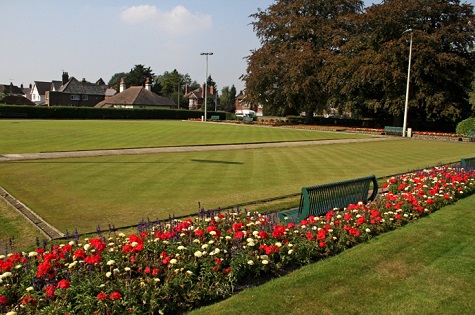
Covid-19 has meant that increasing numbers of people have discovered, used and relied upon their local parks and green spaces to help them to cope with lockdown restrictions - although this has also placed more pressure than ever on these vital green assets. Our research shows that simply investing in capital improvements to put parks in good physical health is not enough. Whilst good quality and well-maintained parks are essential, so too is investment in facilities and resources to help people actively engage and make full use of their local parks. Simply maintaining a basic status quo in park maintenance is not enough. What makes great parks is providing community facilities such as cafes, community spaces and toilets, as well as inclusive leadership and staff support to help everyone access the benefits that we know local parks and green spaces can deliver.
The case studies included within the report demonstrate how essential our parks are and that continued investment in both their ongoing maintenance and the resources needed to help people access these benefits is fundamental. Reducing park maintenance budgets to cover just grass cutting and litter collection, at the very time when use and demand is increasing, is a false economy. Our Parks for People investment programme shows that the best way to maximise the benefits that parks can provide is to ensure that ongoing investment supports both the park and its landscape, as well as providing support and resources to allow everybody to equally enjoy and access local parks and green spaces.
Let us hope that we as parks professionals can eventually have our voices heard and in the coming years we will see some improved investment in our public open spaces.